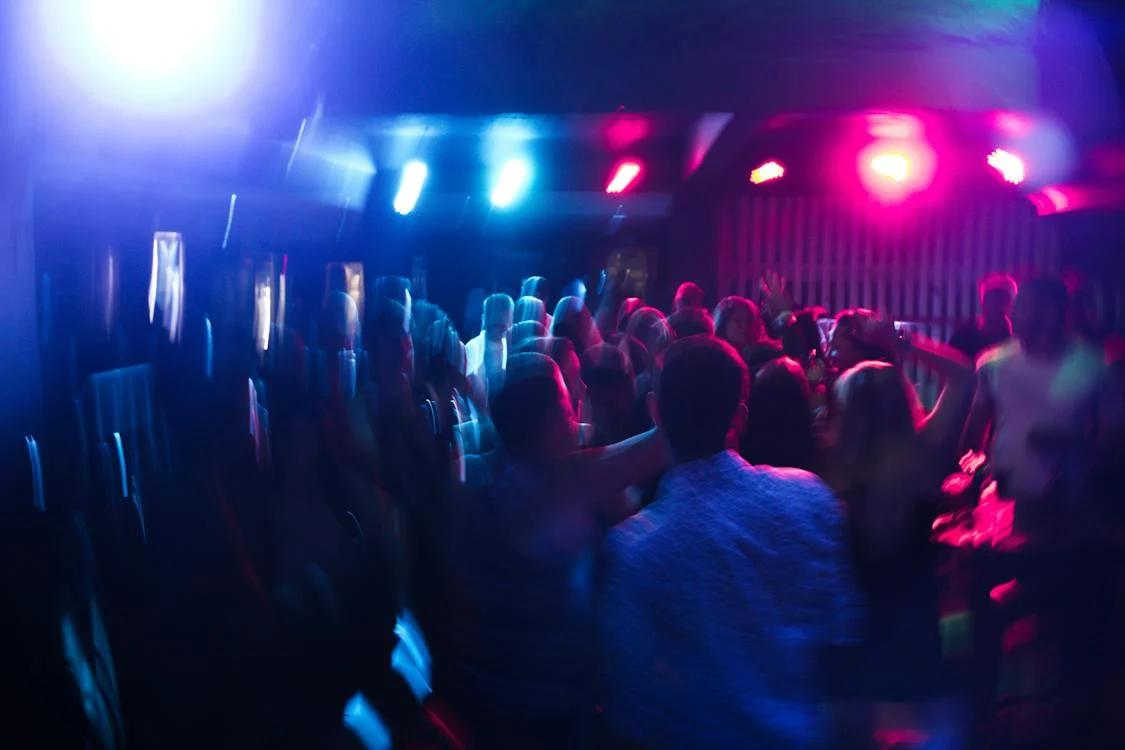Searching for queer community outside Toronto’s gay village
Searching for queer community outside Toronto’s gay village

Every weekend, Toronto’s Church-Wellesley neighbourhood comes alive as one of the largest “gay villages” in North America. Venues such as Woody’s and Crews & Tangos draw lines around the street corner. You can hear Britney Spears playing by the time you walk out of Wellesley subway station.
Nightlife has historically offered refuge and community for queer people – bars where you can flirt with another man openly and dance without heterosexual judgement, and where performers in drag are welcomed. For Generation Z (born 1997-2012), however, exploring our orientation and gender identity as teenagers coloured our view of queer nightlife and complicated our relationship with community.
“It seems like our generation missed the time when we needed purely queer spaces to feel represented,” says Shadi Be, a twenty-three-year-old makeup artist in Toronto. “A lot of the gays who go to Church Street are regulars, but it’s also very touristic – non-queer people going to watch a drag queen and ‘have a gay night.’”
The emphasis on gay clubs or bars, and with that, alcohol and recreational drugs, can be a barrier to Generation Z queers who wonder why nightlife is still often seen as the only avenue for queer community. Lack of widespread acceptance pressured Generation X and some of their Millennial counterparts to explore their identities after dark and within relationships, but a generation of queer people in North America have grown up able to celebrate queerness in the daylight.
Be describes the Church Street crowd as “insular,” and says it represents a very specific version of nightlife that rewards able-bodied gay men who can afford to regularly engage with their community in these sanitized spaces that have grown to be non-political. Gay and bisexual men populate the club, but there seems to be less room for other LGBTQ+ folks, let alone the broader, fluid queer community that may not see themselves reflected in the strobe lights.
“As a transgender woman of colour, specifically, I’m looking for spaces to hold meaningful conversation, [to] question the status quo even with the queer community,” explains Be. “Nightlife revolves around escapism, but there isn’t a need for that anymore. Queerness is desirable, so I’m really looking for connection instead of escapism.”
Younger queer folks are putting into words what previous generations have grappled with for decades. Older queer people living with substance abuse issues, or who simply choose to be sober, are particularly disadvantaged when community is so heavily tied to nightlife. This can be isolating for older folks today who feel they have limited options outside of gay bars. Generation Z echoes these frustrations but also has expectations that come from growing up on the internet. We’re accustomed to seeking connections on social media platforms that enable community-building, like TikTok, or emerging digital platforms that allow queer people to come together around shared interests, like Discord and Mastodon.
Grassroots initiatives like Meem Toronto have emerged to fill the need for intentional, in-person community-building, relying on business owners to provide gathering spaces. Meem is a monthly social group for queer people from Arabic-speaking regions, filling the gap between queer community and activism in the city.
“It’s easy to come into the space and make friends; we’ve been successful with our intention,” explains Nedda Baba, who organizes for Meem alongside Rayan Anton. “Folks find refuge in Meem because our group is more politically leaning, more conducive to activism such as raising funds for Gaza. Community spaces can be seamless that way.”
Baba describes themselves as on the periphery of Church Street’s nightlife, unconvinced by the idea that you need to be uninhibited to be free. “I can’t knock the pleasure that comes with nightlife, but queer community and grassroots activism go hand-in-hand. I don’t think their notion of capital-P-pride represents all queerness.”
“If we erase this idea of there being a ‘right way’ to be queer,” they say, “it’ll enable more organic experiences.”
When there was no other alternative, gay bars and clubs offered a space to exist; now that existence isn’t challenged in urban centres like Toronto, these spaces glaringly gloss over questions of how activism can evolve with community. The success of queer activism in decades prior to Generation Z came from community-building through grassroots organizing. It was grassroots work that won greater social acceptance, which enabled the normalization of queer nightlife and the ‘right to party.’ Meem attracts Generation Z folks more often than later Millennials and older, something which Baba attributes to the younger generation learning about the origins of pride as protest in Toronto and New York City back in the ‘70s and ‘80s.
“We appeal to younger folks more because they’ve come to realize there is something more to queerness than alcohol and the mirage created by partying,” they add. “Generation Z’s learned from the limitations placed on older folks seeking community, they understand their identity differently.”
Social media word-of-mouth events, such as poetry nights or pay-what-you-can picnics, seek to remove some of the financial or access barriers to gay bars and clubs. Even chance conversations among strangers can offer very different connections to community than nightlife, including events thought to be overwhelmingly queer, such as the ballroom scene or raves.
“Generation Z values community the same as other generations, but we want something more authentic,” says Be. “I wish queer community in Toronto was quieter, so we could feel each other and not just hear the music around us.”
Please subscribe to The Media Co-op's newsletter!


